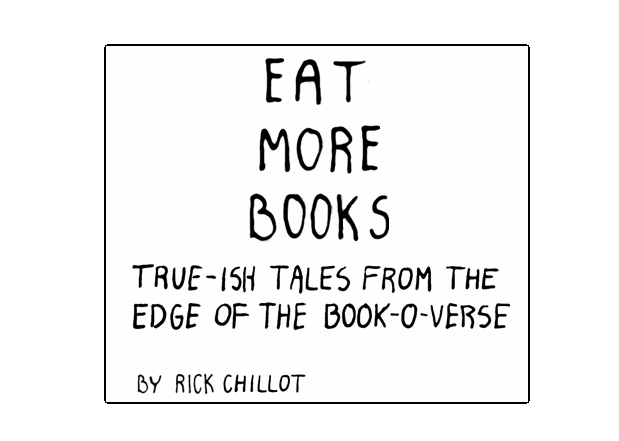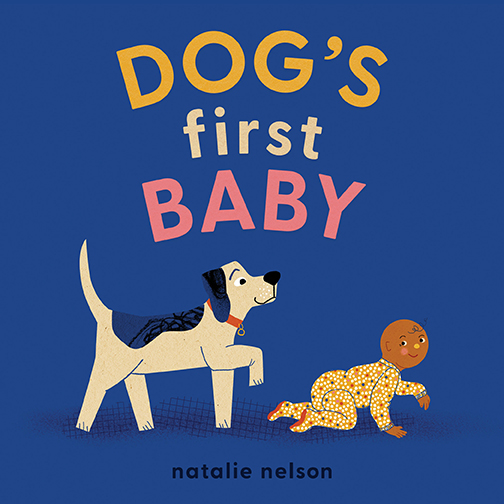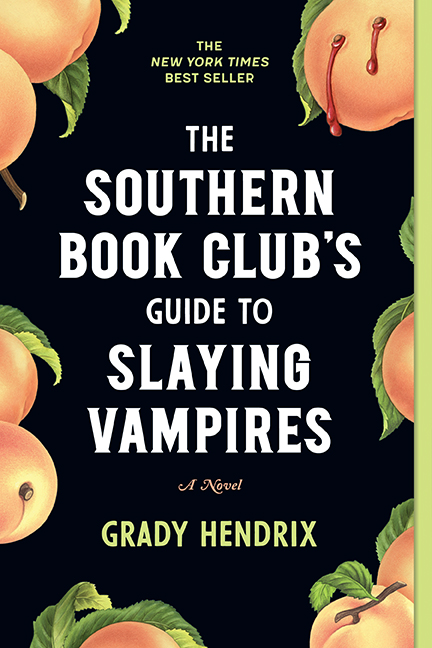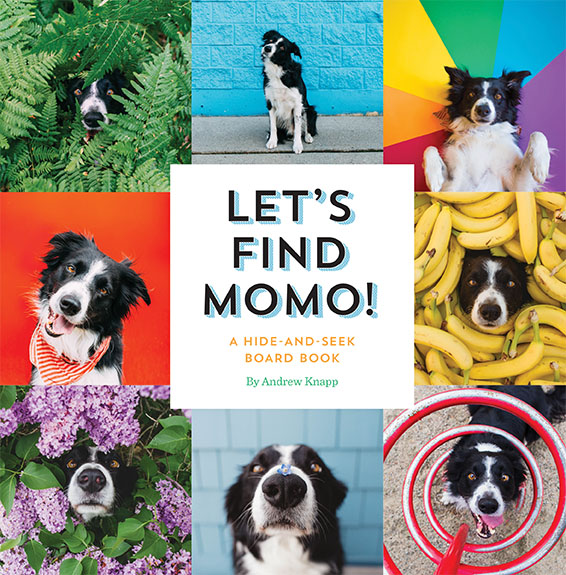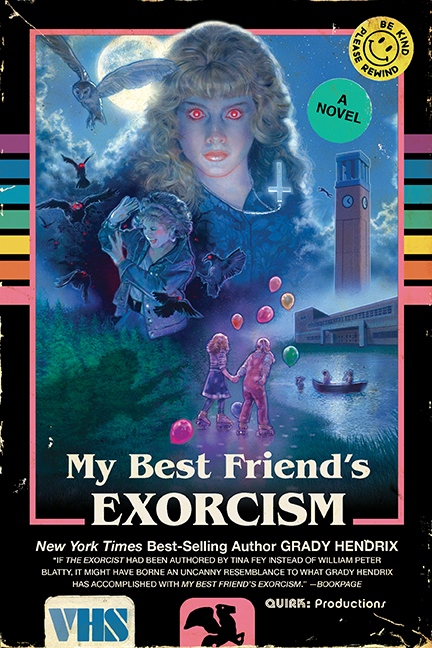Our Blog
The Essential Guide To Celebrating Bastille Day At Home
One of my favorite Philadelphia traditions is held during the Bastille Day festival when a drag portrayal of Marie Antoinette stands high atop Eastern State Penitentiary throwing TastyKakes and saying, “Let them eat cake.”
Now for those of you I haven’t completely lost due to maximum Philadelphia reference saturation level or historical inaccuracy (blah blah blah, ‘Let them eat cake has been accreddited to many high ranking women before Marie Antoinette, blah blah blah), there are plenty of ways to celebrate Bastille day without leaving an air conditioned space.
Posted by Christine Eriksen
A Birthday Gift That’s Hard To Top
Photos by Marian Hammond
William Shakespeare’s Star Wars came out July 2nd, one week before my birthday, and what a week it was—lots of fun press, a great book release at Powell’s and a great party afterward (featuring the world’s best cake courtesy of the world’s best spouse), watching the online buzz grow, and so on.
I thought I’d hit the high Monday the 8th, when Google Trends Manager Kevin Allocca appeared on the Today show and named my little book as the reason why Google had seen an upturn in searches for “Star Wars” over the weekend. But then, later that day, my editor Jason Rekulak from Quirk Books called me and told me there was a decent chance I would end up on the New York Times bestseller list.
Wait, what?
Posted by Ian Doescher
French 101: The Best Books for Bastille Day
Image by MustangJoe from Pixabay
This Bastille Day, let’s raise a glass of fine (French) wine to some of the most influential French writers of the 20th century. Their thoughts and words helped to shape storytelling, invent new, mystical places, and highlight the hardships of the human condition. These authors have spun tales of fantasy, adventure, and existentialism—and we love them for it. So grab a bottle, relax on a chaise longue, and crack open a book by one of these literary masters. Vive la France!
Posted by Christopher Urie
The Worst (and Therefore Best) Summer Songs
Summer makes bad songs sound good. There’s no better time of the year to blare Top 40 music as loud as possible and sing about how awesome life is. There are some songs that re-surface every year throughout the summer months and, for some reason, they are universally loved.
Posted by Maria Vicente
Sauteed Shrimps and Leeks Jumbo Omelet
If you’re so busy with life that you forgot about dinner, yet long for something homemade, then this is the perfect dish for you. Omelets are great go-to when you’re out of ideas (or ingredients!) and I discovered that leeks, especially the organic ones, are at their best (and most affordable!) in the spring season. Even better, leeks are bursting with antioxidants, minerals and vitamins. With an armful of fragrant leeks and a bundle of fresh jumbo shrimps, I knew I had a great thing going for a quick meal.
In the sizzling skillet filled with butter and olive oil, the ringlets of leeks let out a mellow, sweet onion aroma. The shrimps and bright yellow whisked eggs added a glorious gleam to the mix, and best of all, it only takes a few swift minutes to prep. Pull up a seat, pour some wine, and forget all the day’s cares with tasty slice of omelet!
Sauteed Shrimps and Leeks Jumbo Omelet
Servings: 2 to 3
½ pound fresh jumbo shrimps, washed, peeled, tails removed
1 can ginger ale, for pre-cooking shrimps
Juice from 1 lemon, save rinds, for cooking shrimps
2 Tablespoons extra virgin olive oil
2 Tablespoons butter
2 large stalks of organic leeks, well rinsed and roots trimmed (see notes) and sliced in thing ringlets (use white and pale green parts only)
½ cup slice roasted red bell pepper, drained (in jars)
6 whole large eggs
2 Tablespoons heavy cream
1 teaspoon salt, or to taste
1 teaspoon freshly ground black pepper, or to taste
Good bread, for serving
1. In a small pot, over medium high heat, combine the shrimps with the ginger ale and lemon. Throw in the lemon rinds. Boil, then simmer till shrimps cook, about 8 minutes. When cooked, drain shrimps and set aside.
2. Separately, in a medium bowl, whisk the eggs with the cream till frothy, about 3 to 5 minutes. Add the salt and pepper. Set aside.
3. In a large non-stick skillet, over medium heat, add the butter and extra virgin olive oil. When the butter starts to sizzle, add the sliced leeks. Cook for 2 to 3 minutes till leeks soften.
4. Add the pre-boiled shrimps to the leeks in the skillet. Mix in the sliced roasted red bell peppers. Cook and stir ingredients for 1 to 2 minutes to allow flavors to mingle.
5. Pour the beaten egg mixture over the shrimp mixture. Tilt the pan around to spread the eggs completely and evenly over the bottom of the skillet. Cover, and cook the omelet for 5 minutes or till no more liquid is visible. Turn off the heat. Serve hot with a good loaf of bread.
Recipe Notes: Leeks are abundant in the spring season but are available year round. To prepare, remove the outer greens on top by hand and trim the lower roots at the end of the white parts with a knife. To clean, put the whole bundle in a bowl of water and swirl it like a brush to remove residue and grits. Pat dry with paper towels. Aside from this recipe, leeks are good raw on salads, and are sweeter and less pungent than regular onions.
—
Elizabeth Quirino believes that “food brings the world together.” She loves to cook, develop recipes, photograph & write about her culinary adventures on her 2 blogs Asian in America. Outside the kitchen, Elizabeth paints watercolors, reads everything and ends every week with ballroom dancing. For great food stories find her on Facebook and follow Mango_Queen on Twitter.
Posted by Elizabeth Ann Quirino
